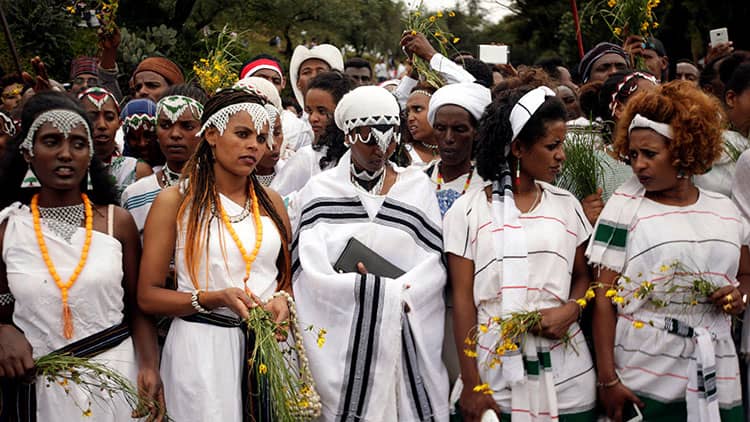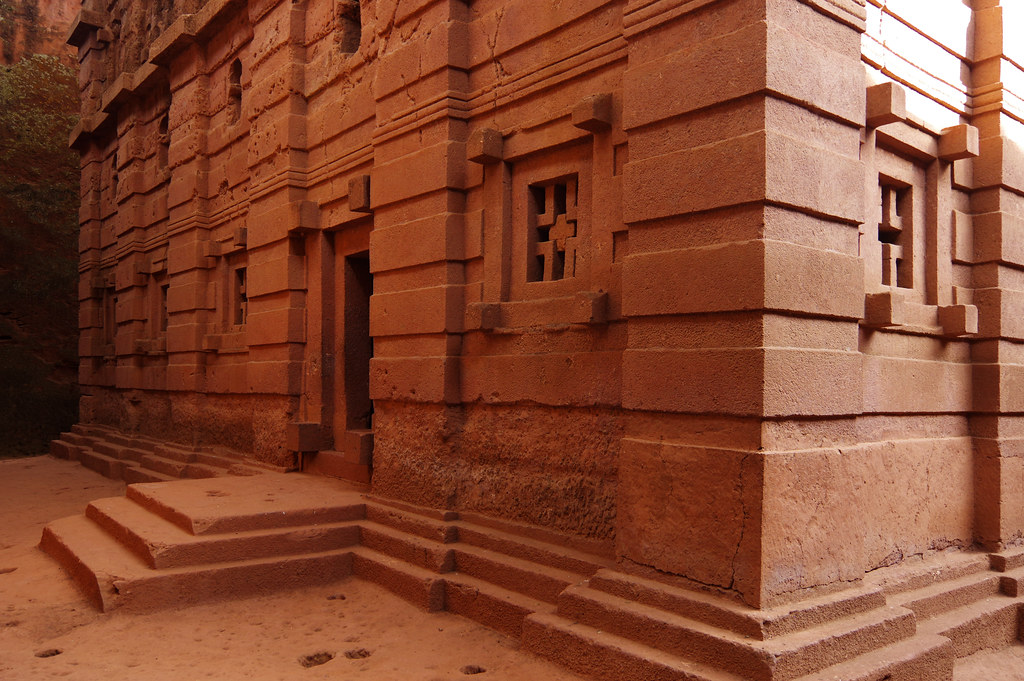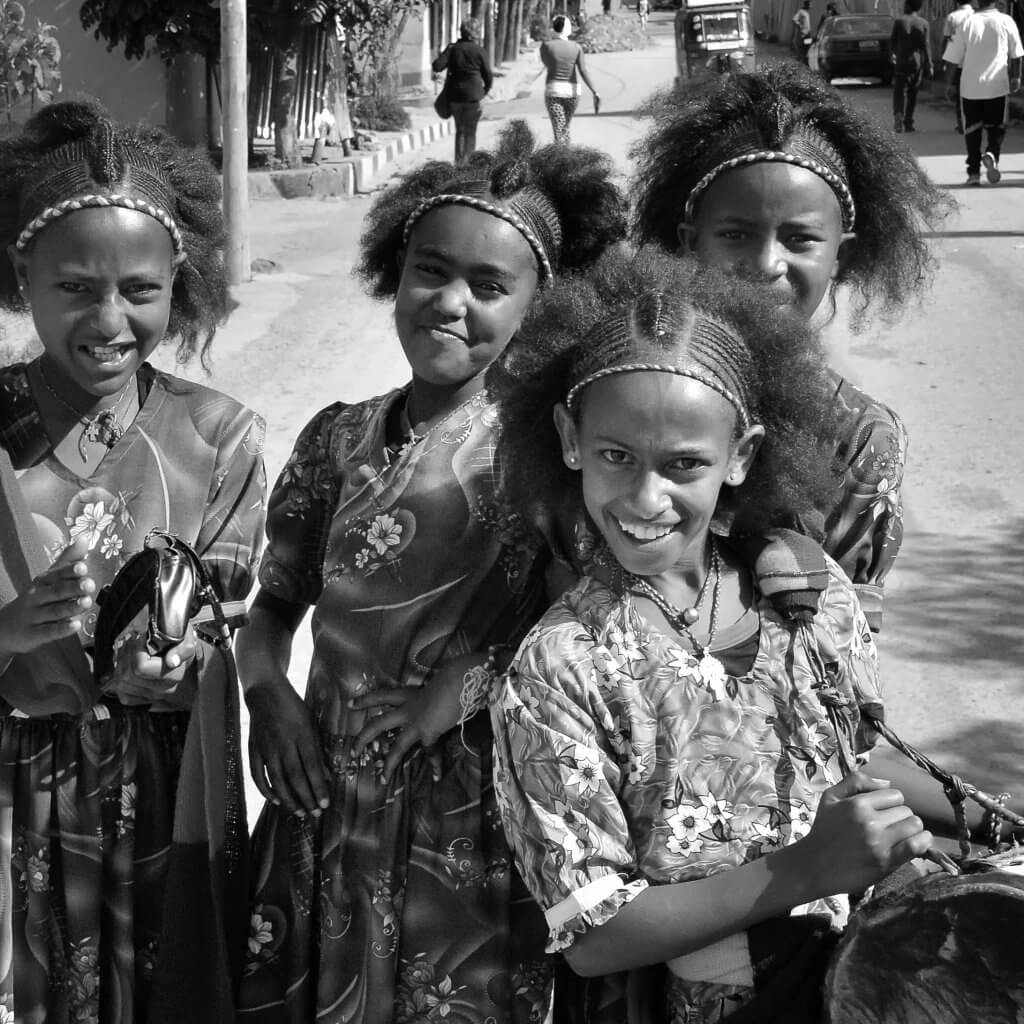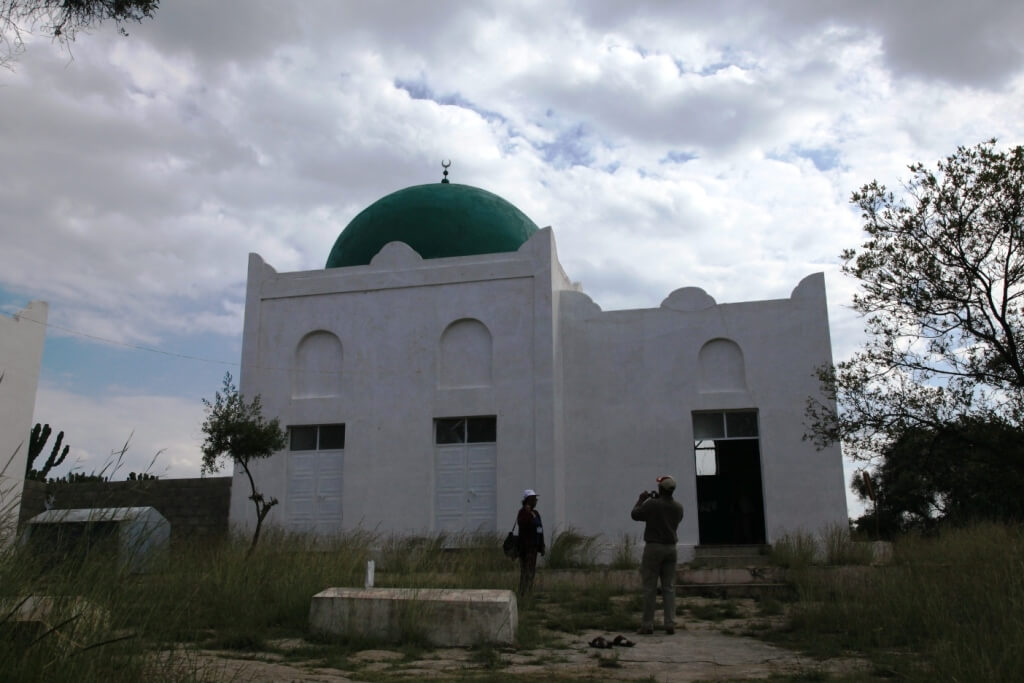Haile Selassie I: Reign, Legacy, and the Rastafarian Movement
Learn about Haile Selassie I of Ethiopia: his early life, rise to power, governance, international relations, and lasting legacy.
Haile Selassie I, also known as Ras Tafari, was the emperor of Ethiopia from 1930 to 1974. As the Ethiopian king, Haile Selassie was a central figure in Ethiopia’s history, leading the nation through times of modernization and political upheaval. His reign saw Ethiopia’s entry into the League of Nations, making it the only African country to be a member at the time. Despite his eventual overthrow in a military coup, Haile Selassie remains a revered figure in Ethiopian history and is considered a symbol of resistance against foreign domination.
Early Life and Rise to Power
Haile Selassie, originally named Tafari Makonnen, was born on July 23, 1892, in the village of Ejersa Goro in the Harar province of Ethiopia. He was the son of Ras Makonnen Wolde Mikael, the governor of Harar, and a cousin of Emperor Menelik II. From a young age, Tafari was groomed for leadership, receiving a traditional education that included the study of the Bible, Geʽez (the classical language of Ethiopia), and Ethiopian history.
Regent and Successor
In 1916, following the deposition of Lij Iyasu, who was deemed unfit to rule due to his controversial policies and rumored conversion to Islam, Tafari Makonnen was appointed Ras, or prince, and heir apparent to the Ethiopian throne. He was also made regent, acting on behalf of Empress Zewditu, Menelik II’s daughter. During his regency, Tafari Makonnen embarked on a series of reforms aimed at modernizing Ethiopia. He improved infrastructure, established schools, and sought to increase Ethiopia’s international presence. His efforts laid the groundwork for his future as emperor.

Emperor Haile Selassie I king of kings
Haile Selassie became Emperor of Ethiopia on November 2, 1930, and took the name Haile Selassie I, which means “Power of the Trinity.” His full title was “His Imperial Majesty Haile Selassie I, Conquering Lion of the Tribe of Judah, King of Kings, Elect of God.” His coronation was a grand affair attended by dignitaries from around the world, reflecting his vision of positioning Ethiopia as a prominent player on the global stage.
Governance and Reforms
As emperor, Haile Selassie implemented a range of reforms to modernize Ethiopia. He introduced Ethiopia’s first constitution in 1931, which aimed to centralize power and create a more unified state. The constitution established a bicameral parliament, although real political power remained concentrated in the hands of the emperor.
Haile Selassie also focused on improving education, healthcare, and infrastructure. He established numerous schools and hospitals, and worked towards expanding the road network to connect different parts of the country. His efforts were geared towards transforming Ethiopia into a modern state.
Despite his efforts, Haile Selassie faced significant challenges, including resistance from conservative factions and the Italian invasion in 1935. However, his determination and resilience earned him a revered place in Ethiopian history.
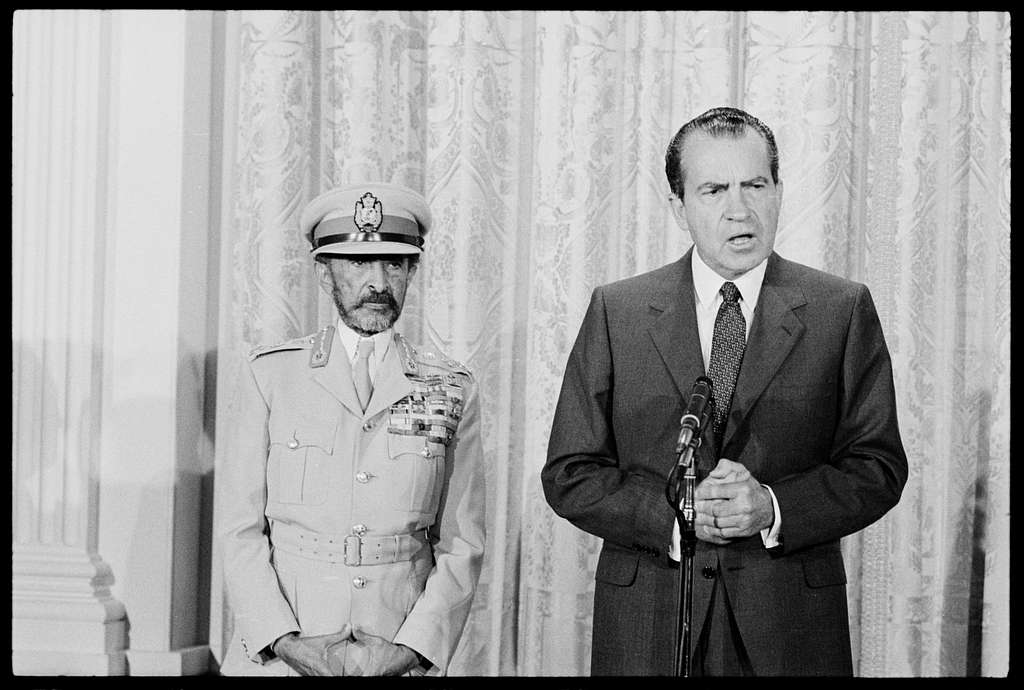
International Relations and World War II
Haile Selassie I’s reign was marked by significant international engagements, especially during the tumultuous period of World War II. As Emperor of Ethiopia, he played a crucial role in advocating for his country’s sovereignty and strengthening its position on the global stage. His efforts were instrumental in shaping Ethiopia’s international relations, particularly with European powers and emerging African nations.
Italy and the Second Italo-Ethiopian War
In 1935, Italy, led by Benito Mussolini, invaded Ethiopia in what is known as the Second Italo-Ethiopian War. This invasion was a significant challenge for Emperor Haile Selassie I of Ethiopia. Despite his efforts to resist, Ethiopia was overrun by the superior Italian forces. During this period, Haile Selassie made a historic appeal to the League of Nations in Geneva, where he condemned the Italian aggression and called for international support. His passionate speech garnered global attention but failed to galvanize immediate military aid.
Despite the League of Nations’ condemnation of Italy’s actions, effective measures were not put in place to assist Ethiopia. Consequently, Haile Selassie was forced into exile in 1936. He spent his years in exile in the United Kingdom, where he continued to rally support for Ethiopia.
Post-War Reign and the Organisation of African Unity
After World War II, with the support of Allied forces, Ethiopia was liberated from Italian occupation in 1941, and Haile Selassie returned to Addis Ababa to reclaim his throne. His return marked the beginning of a new era for Ethiopia, as he embarked on further modernization and development efforts.
One of Haile Selassie’s most significant contributions during his post-war reign was his role in founding the Organisation of African Unity (OAU) in 1963. With its headquarters in Addis Ababa, the OAU aimed to promote solidarity among African nations, support liberation movements, and foster economic development across the continent. Haile Selassie’s leadership in the OAU cemented his legacy as a champion of African unity and independence.

Rastafarian Movement
The Rastafarian movement emerged in Jamaica in the 1930s and regards Haile Selassie I of Ethiopia as the Messiah who will lead the peoples of Africa and the African diaspora to freedom. For Rastafarians, Haile Selassie, who was also known as Ras Tafari before his coronation, embodies the fulfillment of biblical prophecies. They regard him as the “Conquering Lion of the Tribe of Judah” and a direct descendant of King Solomon and the Queen of Sheba.
Haile Selassie’s visit to Jamaica in 1966 was a significant event for the Rastafarian movement. Thousands of Rastafarians gathered to welcome him, reaffirming their belief in his divinity. This movement not only highlights Haile Selassie’s global influence but also underscores the spiritual and cultural connections between Ethiopia and the African diaspora.

Later Years and Overthrow
Haile Selassie’s later years were marked by significant political and social challenges within Ethiopia. Despite his efforts to modernize the country, Ethiopia faced economic difficulties, famine, and growing discontent among the population. In 1974, a military coup, known as the Derg, led by Mengistu Haile Mariam, overthrew Haile Selassie.
The emperor was placed under house arrest in Addis Ababa, where he remained until his death in 1975. The circumstances surrounding his death remain a topic of speculation and controversy. Haile Selassie’s overthrow marked the end of the Ethiopian monarchy, which had spanned millennia.
Legacy of Haile Selassie I
Haile Selassie I left a lasting legacy both within Ethiopia and internationally. As Ethiopia’s last emperor, he played a crucial role in the country’s modernization and was a symbol of African independence and unity. His efforts in founding the Organisation of African Unity have had a lasting impact on the continent, fostering a spirit of cooperation among African nations.
Internationally, Haile Selassie’s legacy lives on through the Rastafarian movement, which continues to revere him as a spiritual figure. His life and reign have also been immortalized in various forms of media, including literature, music, and art.
Haile Selassie’s contributions to Ethiopia and his influence on global cultural movements underscore his significance as a historical figure. Whether viewed as a visionary leader, a symbol of African resilience, or a divine figure, Haile Selassie I’s legacy endures, inspiring generations to come.
Symbolism and Cultural Impact
The Rastafarian movement holds Haile Selassie I of Ethiopia in high regard, viewing him as a divine figure and the fulfillment of biblical prophecy. He is often referred to as the “Conquering Lion of the Tribe of Judah,” a title that underscores his significance within the Rastafarian faith. Rastafarians believe that Haile Selassie is the Messiah who will lead them to freedom and the Promised Land.
The cultural impact of Haile Selassie extends beyond religious beliefs. His visit to Jamaica in 1966 was a monumental event, solidifying his central role in the Rastafarian movement. Thousands of Rastafarians gathered to greet him, demonstrating their unwavering devotion. This event not only strengthened the bond between Ethiopia and the African diaspora but also highlighted Haile Selassie’s influence as a global cultural icon.
Haile Selassie in Modern Ethiopia
In modern Ethiopia, Haile Selassie’s legacy is a complex and multifaceted one. While some Ethiopians remember him as a progressive leader who sought to modernize the country and assert its sovereignty on the global stage, others criticize his rule for its authoritarian aspects and the socio-economic challenges that persisted during his reign.
Addis Ababa, the capital city that Haile Selassie helped develop, stands as a testament to his efforts to modernize Ethiopia. The city is home to various institutions and infrastructure projects initiated during his reign.
Nonetheless, Haile Selassie remains a figure of significant historical importance, and his contributions continue to be a topic of study and reflection within Ethiopian society.
Conclusion
Haile Selassie I of Ethiopia was a towering figure whose influence spanned across continents and cultures. From his efforts to modernize Ethiopia to his role in resisting Italian aggression, and from founding the Organisation of African Unity to becoming a central figure in the Rastafarian movement, his legacy is profound.
Frequently asked questions
-
Who is Haile Selassie I?
Haile Selassie I was the Emperor of Ethiopia from 1930 to 1974. He is known for his efforts to modernize Ethiopia, his role in the establishment of the League of Nations and later the United Nations, and his resistance against the Italian invasion in 1935.
-
What was Haile Selassie I's famous speech about?
Haile Selassie I's famous speech was delivered before the League of Nations in 1936, following the Italian invasion of Ethiopia. In this speech, he appealed to the international community for assistance and condemned the use of chemical weapons by Italy. His speech emphasized the importance of collective security and the consequences of failing to stand against aggression.
-
Who is Haile Selassie to Rastafarians?
To Rastafarians, Haile Selassie I is considered a messianic figure and the returned Messiah, who will lead African people to freedom. Rastafarians regard him as a symbol of black liberation and a living God who fulfilled the prophecy of the coming of a savior.
-
Who was Haile Selassie's father?
Haile Selassie's father was Ras Makonnen Wolde Mikael, a general and governor of Harar in Ethiopia. Ras Makonnen was a cousin and close confidant of Emperor Menelik II.
-
When did Haile Selassie die?
Haile Selassie I died on August 27, 1975.
-
When did Haile Selassie visit Jamaica?
Haile Selassie I visited Jamaica on April 21, 1966. This visit is a significant event in Rastafarian history and is celebrated annually as Grounation Day.
Subscribe To Get The Latest Update
About Author
Introducing Noah Mohamed, a seasoned expert in both SEO and PPC, who has dedicated the last 5 years to mastering the intricacies of digital marketing. Noah’s approach is data-driven and results-oriented, focusing on maximizing return on investment for PPC campaigns while building sustainable organic growth through SEO. His ability to analyze market trends and adapt strategies accordingly makes him an invaluable asset to our team and clients alike.


